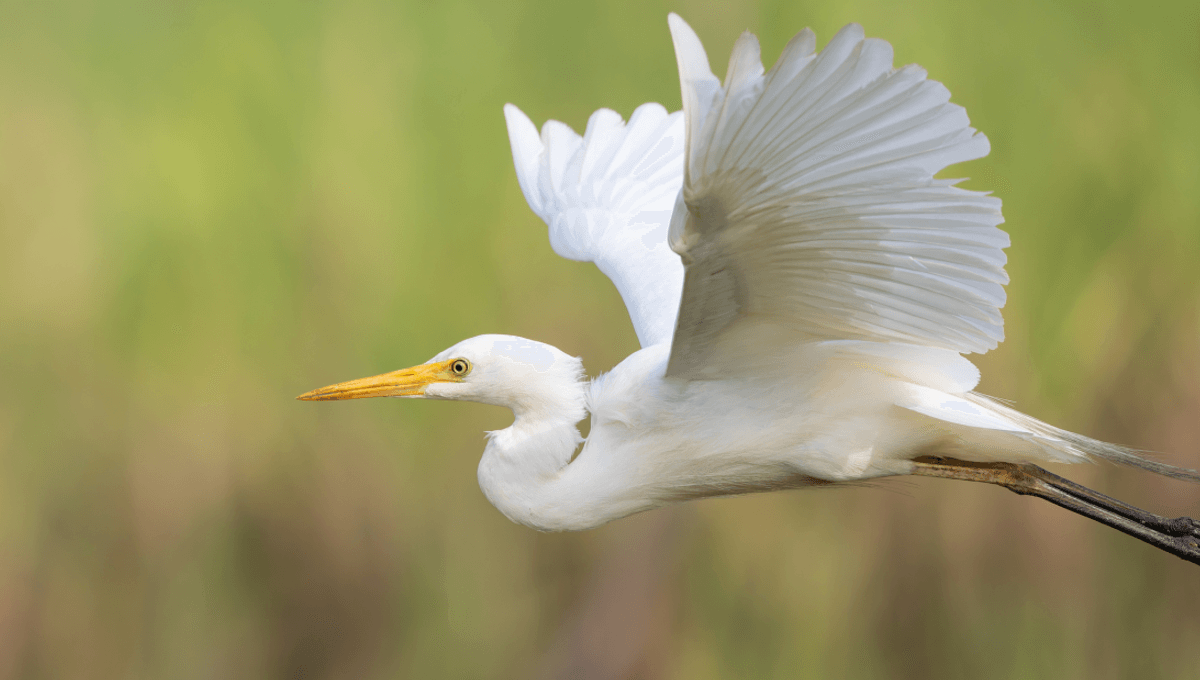An egret that clearly had places to be stunned scientists conducting what they believe to be the first-ever GPS tracking study of these large waterbirds in Australia. Data revealed that the bird took off from Australia and clocked 38 hours in the air without stopping before landing in Papua New Guinea – a journey that takes over 3 hours in an airplane.
As bird journeys go, it’s not claiming any records. The common swift makes 38 hours look like child’s play, known to fly non-stop for 10 months at a time. The longest migration sees a seabird trek from Antarctica to the Arctic. Still, for a large waterbird, this egret’s efforts aren’t to be sniffed at, and it seems the species may be impressive long-haulers. The study tracked 18 young egrets leaving their nesting sites in Australia. They included birds from two species: the great egret (Ardea alba) and the plumed egret (Ardea plumifera). Both birds come in shades of snow-white, and the males have special ornamental feathers called aigrettes that they bust out when it’s courtship season to impress the ladies. It was a plumed egret that pulled off the impressive direct flight from Australia to Papua New Guinea, but the data taken from all the birds also revealed some curious patterns in the way they dispersed. It showed that all the plumed egrets headed north, meanwhile the great egrets flapped off in all directions, including south. The plumed egrets were also generally flying faster and traveling further compared to the great egrets, and together, this unprecedented detail into their movements can help us to better protect a vital species. “This information is useful for species conservation and water and wetland management efforts because it helps us to understand the drivers of on-ground species responses and associated metrics (e.g. abundance and breeding) at relevant spatial and temporal scales,” concluded the authors. “It thereby assists in evaluation of responses and in prioritisation of species life stages and critical sites for management. Identification of movement timing, distances, and stopover sites during dispersal is useful for decision making regarding the location and timing of management resource allocations.” The study is published in Pacific Conservation Biology.





